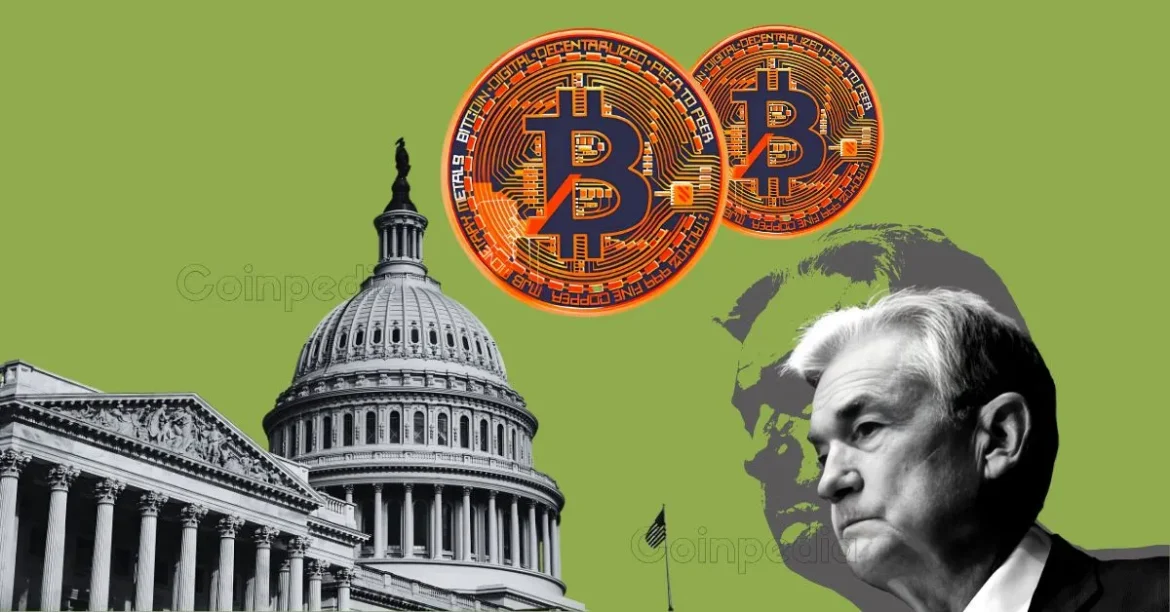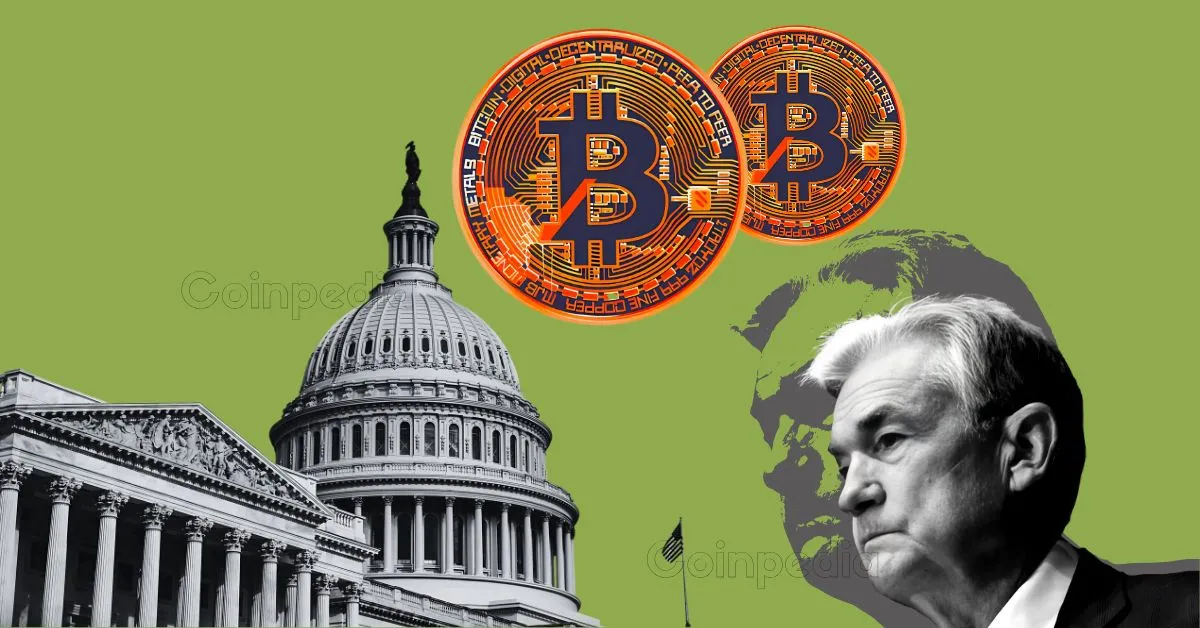Jerome Powell and the Federal Reserve: Navigating Crypto Regulation and Interest Rate Policy
The recent remarks from Federal Reserve Chair Jerome Powell have sparked significant attention across both the financial and cryptocurrency communities. His position on crypto regulation, interest rate policy, and the Fed’s relationship with digital assets like Bitcoin offers a clear window into the nuanced approach the central bank is taking amid evolving economic and technological landscapes. The following in-depth report synthesizes various insights from Powell’s speeches, interviews, and policy signals, revealing a balanced but cautious stance that impacts markets and regulators alike.
—
The Urgent Call for Comprehensive Crypto Regulation
Jerome Powell’s repeated emphasis on the need for a comprehensive regulatory framework for cryptocurrencies signals a crucial crossroads for digital assets in the U.S. financial system. Across multiple occasions, including central bank conferences and congressional hearings, Powell highlighted the risks cryptocurrencies pose to the financial system if left unchecked. Despite crypto’s rapid growth and innovation, the recent crypto market shakeouts—as Powell noted—could potentially threaten broader financial stability if those risks are not managed.
A key element of Powell’s vision is the establishment of regulatory protections akin to those in traditional finance, especially concerning consumer safeguards and institutional risk management. While he supports banks providing crypto services, this comes with “caveats” that they must appropriately manage associated risks. This balanced approach underscores the Fed’s openness to crypto integration in the banking sector but with prudent oversight.
Powell also addressed controversies around “debanking,” where some crypto firms were reportedly cut off from banking services. Though he acknowledged some truth in these claims, he firmly denied any direct Fed involvement in efforts to exclude crypto from mainstream banking, creating an important distinction between regulatory caution and intentional exclusion.
—
Bitcoin, the Fed, and Digital Currency: The Limits of Central Bank Involvement
Powell has made it clear that the Federal Reserve has no intention of holding Bitcoin or any cryptocurrency reserves. His statements dispel any notion of the Fed moving to stockpile digital currencies, emphasizing instead that the central bank is “not allowed to own bitcoin” under current laws, and has no plans to push for legislative changes on this front. This position maintains the primacy of the U.S. dollar and clarifies the Fed’s role as a steward of monetary policy rather than a crypto participant.
Interestingly, Powell suggested that the development of a U.S. central bank digital currency (CBDC) could reduce the need for private cryptocurrencies and stablecoins. This signals future central bank interest in leveraging digital payment technologies to retain control over monetary sovereignty while potentially addressing some issues consumers face with current crypto products.
Despite this circumspection, Powell does not view Bitcoin as a threat to traditional currencies like the dollar, but rather as an investment rival to assets such as gold. This context helps explain why Bitcoin’s price has sometimes reacted positively to Powell’s more neutral or balanced crypto commentary.
—
Interest Rate Policy: Patience Amid Persistent Inflation
Parallel to his crypto stance, Powell’s commentary on interest rates reveals a Fed focused on stabilization rather than rapid policy reversals. Inflation remains “sticky” and above the Fed’s 2 percent target, and the economy continues to display strength through solid job markets and overall growth. Given these conditions, Powell conveyed there is no urgency in cutting rates; instead, the Fed is comfortable adopting a “patient” approach.
Market anticipation of rate cuts often features prominently in crypto and equity markets, but Powell’s speeches and press conferences consistently indicate a cautious attitude. He underscores that the current restrictive monetary stance needs time to fully influence inflation and economic dynamics before any decision on lowering rates.
Importantly, Powell’s clarity has helped soothe volatility in some cases, with Bitcoin rebounding modestly following his talks. The Fed’s approach to rate changes remains data-driven and insulated from political pressures, as seen in Powell’s deflections of former President Trump’s calls for immediate cuts.
—
Broader Economic Context and Monetary Policy Outlook
Powell’s broader economic outlook remarks shed light on the Fed’s strategy during these transitional times. He highlighted the unprecedented shocks since the pandemic onset that led to elevated inflation and market uncertainty. The Fed’s role has been to calibrate monetary policy carefully to avoid triggering recessionary forces while reining in inflation.
Statements from Fed meetings and Powell’s press conferences reveal that while the Fed anticipates rate cuts possibly later this year, no timetable has been set. The Fed’s cautious optimism about the economy’s “solid” labor market and manageable inflation pressures underpins this stance.
Furthermore, Powell’s remarks indicate ongoing developments in payments infrastructure and the Fed’s exploration of technology-driven changes in financial services, including the potential adoption of a CBDC. This suggests the central bank recognizes the imperative to evolve in pace with disruptions while ensuring stability.
—
Conclusion: A Dual Focus on Stability and Innovation
Jerome Powell’s recent discourse reveals a Federal Reserve walking a tightrope between innovation and regulation, caution and opportunity. His consistent call for a strong regulatory framework for cryptocurrencies emphasizes prudence in a rapidly changing technological era, reflecting concerns over financial risks without outright opposition to crypto’s integration.
Concurrently, his interest rate policy signals a steady hand focused on long-term economic stability amid volatile global and domestic conditions. By eschewing pressure for quick rate cuts, Powell reinforces the Fed’s commitment to careful, data-driven decisions.
As digital assets become an enduring part of the financial landscape, Powell’s balanced approach illustrates the complex role central banks must play: championing innovation, safeguarding systemic integrity, and fostering economic resilience in an age of rapid change. The financial community and regulators will be watching closely as this narrative unfolds.





